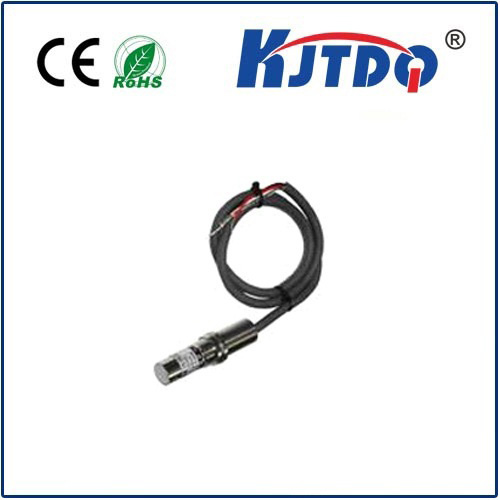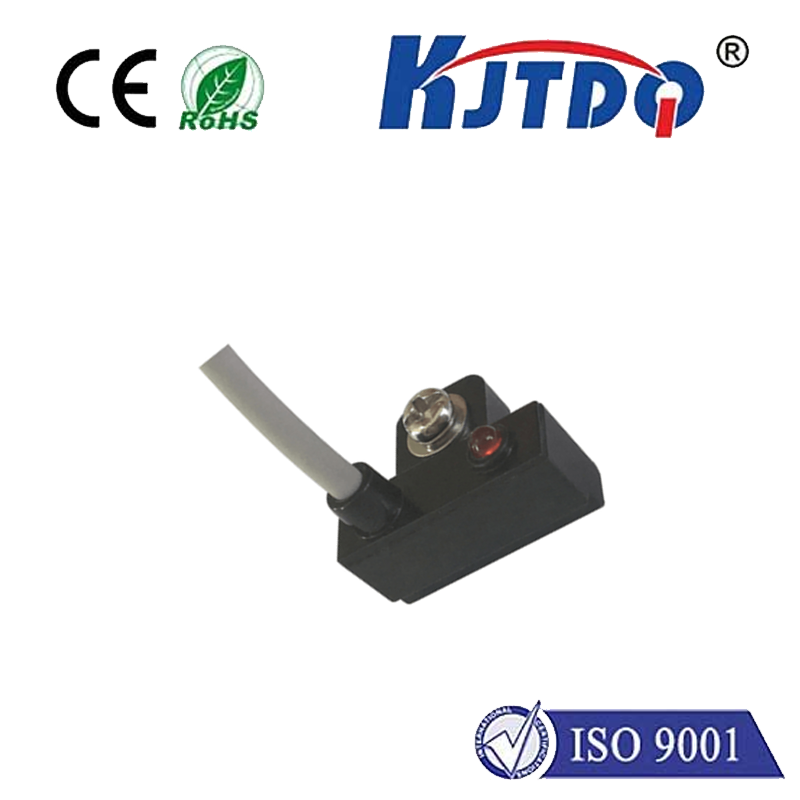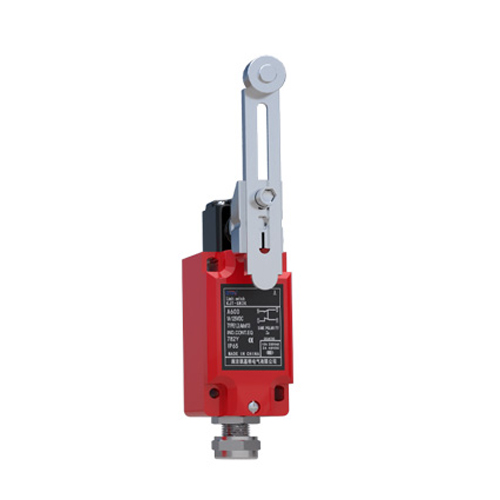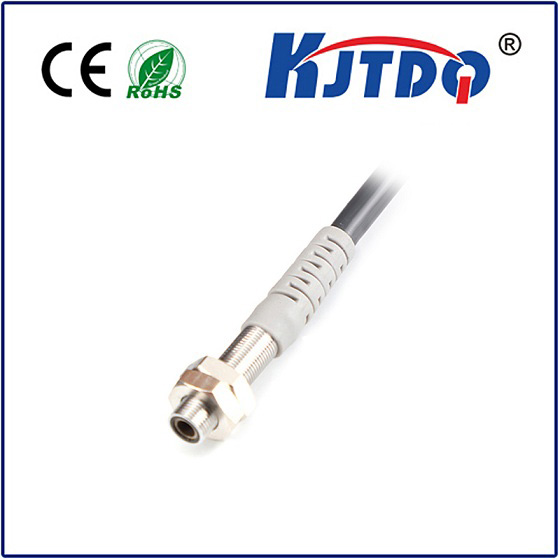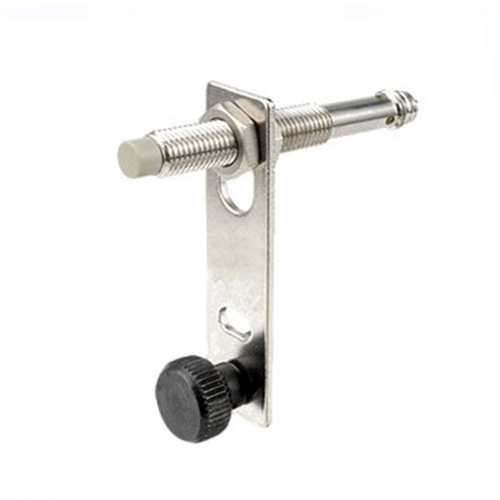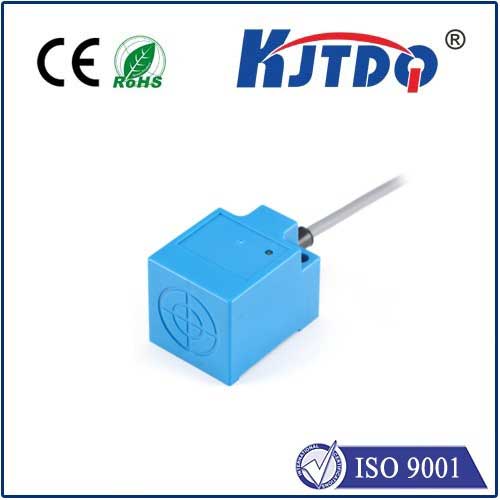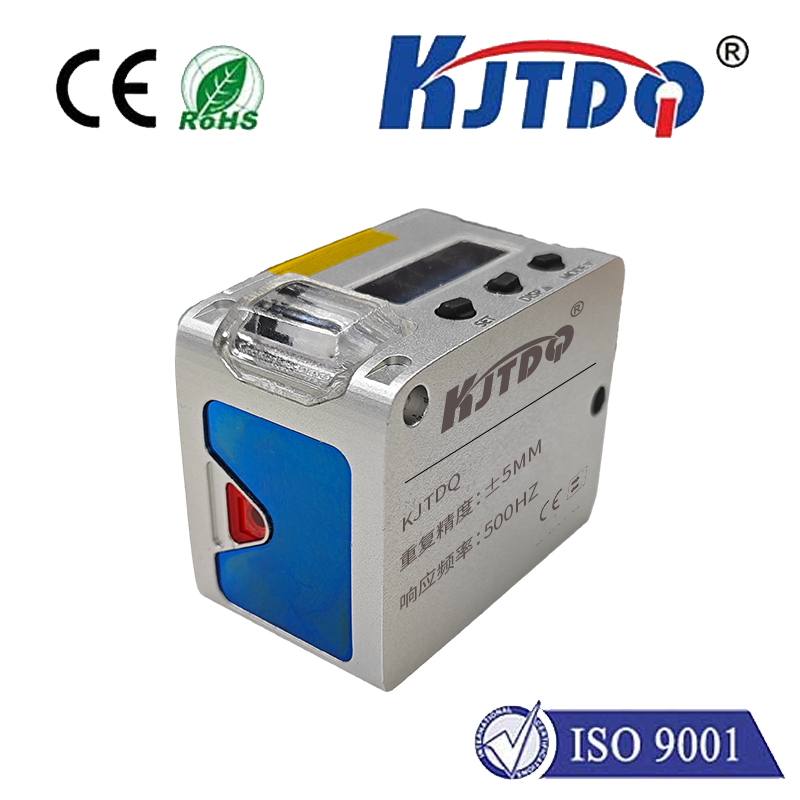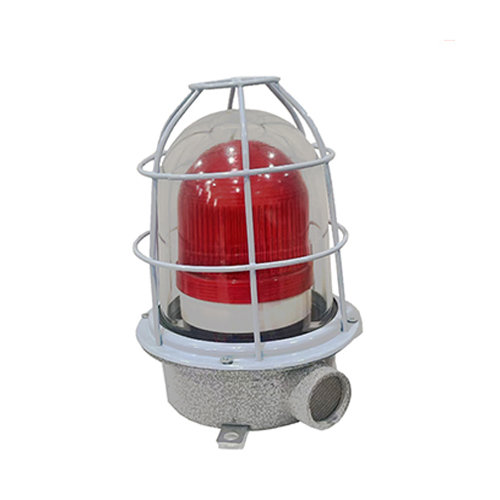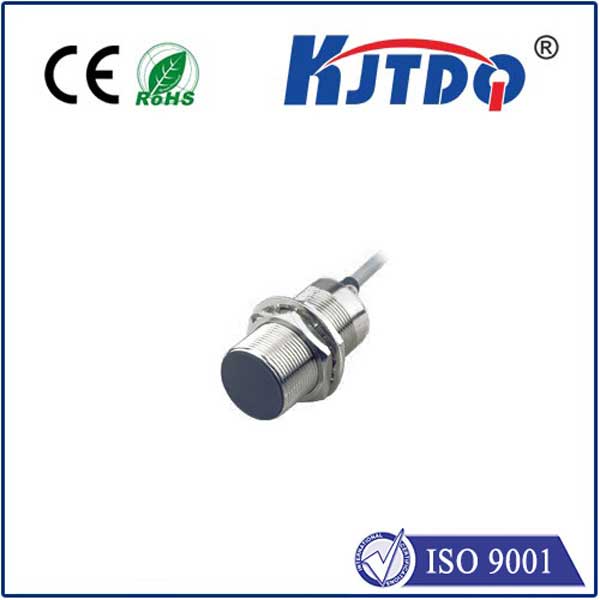Цены на датчики PNP
- time:2025-07-14 15:36:18
- Нажмите:0
PNP Sensor Price: Navigating Costs, Factors & Smart Savings for Your Automation Projects
Picture this: you’re deep into finalizing the bill of materials for a crucial automation upgrade. The performance specs look perfect, the integration plan is solid, but then you hit the procurement stage. Suddenly, the PNP sensor price variations across suppliers make your head spin. Why does seemingly similar technology carry such different price tags? Understanding the drivers behind PNP sensor cost isn’t just about pinching pennies; it’s about making informed, value-driven decisions that impact your project’s bottom line and long-term reliability. This guide demarks the key factors influencing price and how to strategically source these vital components.
Demystifying the PNP Sensor
Before diving into dollars, let’s quickly clarify the core component. A PNP sensor is a specific type of switching sensor prevalent in industrial automation. Unlike its counterpart, the NPN sensor, a PNP sensor provides a positive voltage output (often +24V DC) to the load when activated. Think of it as “sourcing” current. This makes it the preferred choice in many PLC (Programmable Logic Controller) input modules designed for positive switching logic. They are fundamental in detecting presence, position, level, color, and numerous other parameters using technologies like inductive, capacitive, photoelectric, or ultrasonic principles.
Key Factors Dictating the PNP Sensor Price Landscape
The price of a PNP sensor isn’t arbitrary. It’s a reflection of numerous intertwined factors:
- Sensor Technology & Complexity: At the heart lies the core sensing principle. A basic индукционный датчик приближения detecting metal objects is generally among the most affordable. Capacitive sensors for non-metallic materials tend to cost slightly more due to their design complexity. Photoelectric sensors, especially long-range or specialized types (like background suppression or color sensors), command higher prices. Ultrasonic sensors often sit at a premium tier due to their sophisticated electronics. Magnetic field sensors (Hall effect or reed switches implementing PNP outputs) vary based on precision and robustness. The more specialized the detection task, the higher the investment.
- Performance Specifications & Features: Pushing the envelope on performance significantly impacts cost. Critical specs include:
- Sensing Range: Longer range sensors, particularly in photoelectric or ultrasonic categories, require more powerful components and precise calibration.
- Accuracy and Repeatability: High-precision sensors demand tighter manufacturing tolerances and potentially more sophisticated calibration processes, increasing production price.
- Speed (Switching Frequency): Sensors capable of detecting objects at very high speeds involve faster electronics, influencing the PNP sensor cost.
- Environmental Robustness: Sensors rated for extreme conditions – high IP ratings (IP67, IP69K), resistance to chemicals/oils, wide operating temperatures (-40°C to +85°C), resistance to shock/vibration – require specialized housing materials (e.g., stainless steel instead of PBT plastic), premium seals, and rigorous testing.
- Output Configuration: While the core PNP sensor designation defines the switching logic (sourcing), additional outputs (like NPN alongside PNP, NO/NC contacts), analog outputs (4-20mA, 0-10V), or IO-Link communication add complexity and cost. A simple 3-wire PNP (NO) is the baseline.
- Material Quality & Construction: Durability is paramount in industrial settings. Sensors built with high-grade materials like nickel-plated brass, stainless steel housings, or specialized sensing face materials inherently cost more than those using standard plastics and lower-grade metals. Build quality directly correlates with longevity and reliability in harsh environments, affecting the total cost of ownership.
- Brand Reputation & Supply Chain: Established global brands (e.g., Omron, Sick, Pepperl+Fuchs, Schneider Electric, IFM, Balluff) command higher prices due to extensive R&D, stringent quality control, global support networks, and brand recognition. Smaller or lesser-known brands (or generics) often offer lower initial PNP sensor price points but may carry higher perceived risk regarding reliability, availability, and support. Genuine vs. counterfeit is also a critical consideration impacting both price and performance/safety.
- Purchase Volume & Sourcing Channel: Like most industrial components, buying PNP sensors in larger quantities typically unlocks volume discounts from manufacturers or authorized distributors. Sourcing directly from the manufacturer or major industrial distributors (e.g., RS Components, Digi-Key, Mouser, local specialized distributors) is standard. While online marketplaces can offer compelling prices, vigilance is needed to ensure authenticity and avoid counterfeits. Bulk purchasing is a key lever for reducing unit cost.
- NPN vs. PNP: Is There a Price Difference? Generally, within the same model and brand, there’s negligible price difference between the NPN and PNP versions of a sensor. The core sensing technology and housing are identical. The difference lies solely in the internal output circuit transistor configuration. Choosing between them is dictated by the control system’s input requirements, not cost.
Typical PNP Sensor Price Ranges (Estimates)
Providing exact prices is impossible due to fluctuating markets and the factors above, but here are general brackets:
- Standard Inductive Proximity Sensors (PNP): Often the most budget-friendly entry point. Expect \(15 - \)50 USD for common M8/M12/M18 cylindrical or block styles from reputable brands in basic variants. Higher performance or stainless steel versions can stretch from \(50 to \)150+.
- Capacitive Sensors (PNP): Typically range from \(25 - \)80 for standard models detecting non-metals and liquids. Specialized versions (e.g., high temperature, flush-mount, long range) reach \(80 - \)200+.
- Photoelectric Sensors (PNP): The range is vast. Basic diffuse or retro-reflective sensors start around \(30 - \)70. More sophisticated through-beam, polarized retro-reflective, or background suppression (BGS) sensors range from \(60 - \)150+. Specialized types like color sensors, contrast sensors, or luminescence sensors can easily cost \(150 - \)500+.
- Ultrasonic Sensors (PNP): Generally start higher due to complexity. Entry-level models begin around \(70 - \)120, with more advanced analog or long-range sensors reaching \(150 - \)400+.
- Magnetic & Specialty Sensors (PNP): Basic magnetic sensors can be very affordable (\(10 - \)30), but robust Hall-effect sensors or safety-rated sensors follow the higher ranges of other technologies (\(50 - \)300+).
Table: Quick Reference PNP Sensor Price Ranges by Type
| Sensor Type (with PNP Output) | Typical Price Range (USD - Est.) | Notes |
| :————————— | :—————————— | :
